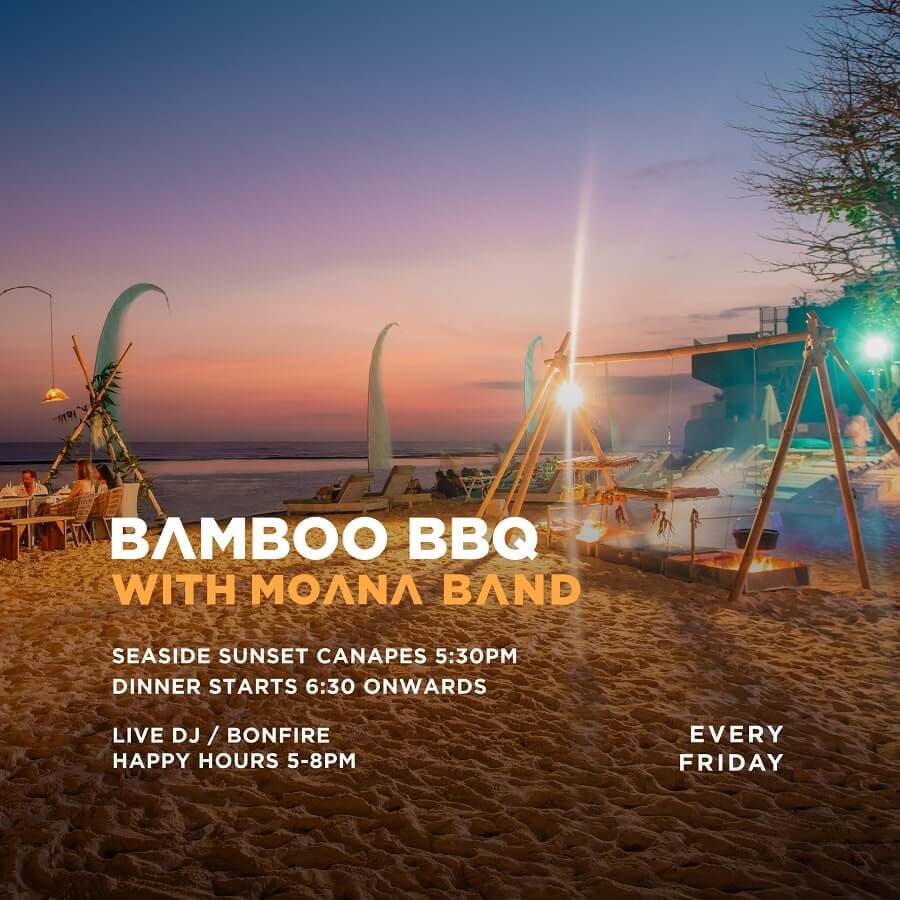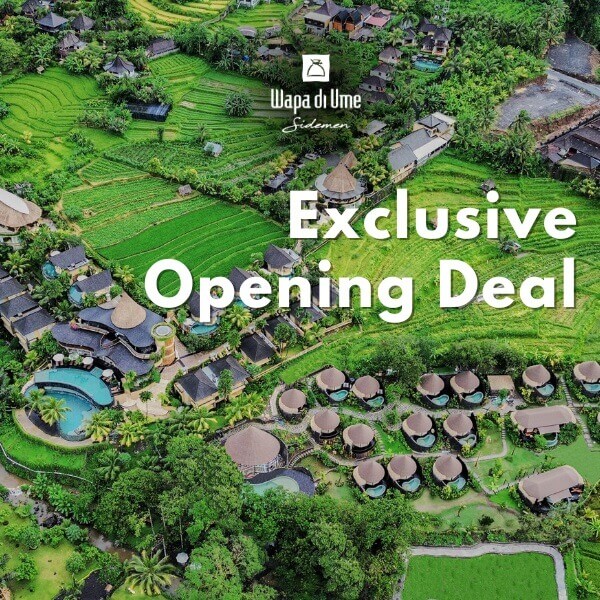The Komodo Islands in Indonesia are so insanely beautiful. This is one of those places you prefer to keep secret and certainly don’t want to share with the rest of the world. But anyway, it’s also such a huge recommendation. Komodo National Park is a group of islands you might know from the Komodo monitor lizards in nature documentaries such as Planet Earth II. These giants sometimes grow up to 3 metres long and still only live in this region. What hardly anyone knows is that the Komodo Islands have a lot more special things to offer. You have tropical white and pink beaches, a rich underwater world and bizarre landscapes.
Island hopping

There are countless providers for tours around the Komodo Islands. From very cheap boats that they stuff with tourists to luxury sailing boats. If you want to see as much as possible then we recommend doing the four-day tour but if you have less time or budget, then you can also take a two- or three-day cruise.
Highlights
Flying dogs at Kalong Island
Just after sunset, tens of thousands of flying dogs set off from a mangrove island to the mainland to look for food. These large bats sleep during the day and eat mostly fruits hanging in the trees at night. About ten minutes after the sun sets, you will see the first bats flying above the mangrove. Soon more and more follow, until eventually the entire sky is filled with bats. This, combined with the sky still red from the sunset, is breathtakingly beautiful.
Snorkelling at night with luminescent plankton
In the water near the Komodo Islands, there is a special kind of plankton that lights up when it moves. This is something you have in more places, but in the water around the Komodo Islands, there is a very high concentration of this kind of plankton. When you move your hands or feet through the water at night, you will see hundreds of tiny points of light appear. In any case, you can see the plankton here all year round. However, it is more or less in some periods and is best seen when you have low moonlight.
Viewpoint Padar

Padar’s landscape is unimaginably beautiful with its strange rock formations and large bays. You probably know this place from pictures but when you stand here it is surprisingly much bigger than expected and therefore even more impressive.
Snorkelling at Batu Bolong
The Komodo Islands are #2 in the list of the world’s best places to snorkel, according to CNN Travel. As such, the underwater world is awesome. If you’re a diver, you’ll definitely want to stay a bit longer to do some more diving here. Within the Komodo Islands, Batu Bolong is the most beautiful place to snorkel. It is a tiny island with enormously strong currents on the sides. The current brings lots of food for the fish so that ensures you see hundreds of coloured fish and corals here. Behind the island, you can snorkel quietly without being bothered by the current.
Pink Beach
Pink Beach is something you should have visited when you are in Komodo. From the boat, it looked far from pink but once we got to the beach, the surf was really all pink. The sand contains very small pieces of red coral which makes it pink. Sometimes this is more visible than other times.
Komodo monitor lizard spotting on Rinca

Naturally, you will also pay the komodo monitor lizards a visit. You do so on the island of Rinca, where you can choose from several guided hiking routes. The chances of spotting Komodo monitor lizards while hiking here are minuscule. Of course, it is cool to learn more about these dangerous animals from the guide. You do see them certainly at the beginning lying near a hut.
How to get to the Komodo Islands?
The starting point of most tours is the port town of Labuan Bajo on Flores, which is just under an hour’s flight from Bali. This is not necessarily a very nice place but simply a gateway to the Komodo Islands. A return ticket from Bali will cost you around €100 if you book in time. Obviously, you can also fly to Labuan Bajo from other places in Indonesia.
The best travel time to visit the Komodo Islands
The best travel time to visit the Komodo Islands is from April to December. This is the dry season when you usually have full days of sunshine. Ideal for snorkelling, diving, hiking and, of course, island hopping. January to March is the rainy season and these months are therefore far from ideal for a trip like this. July and August are obviously the busiest months as many people have holidays then. So, should you have the choice, it would be best to go somewhere from September to December or from April to June.
































My brother recommended I may like this website.
He was once totally right. This publish actually made my day.
You can not imagine just how much time I had spent for this
info! Thanks!